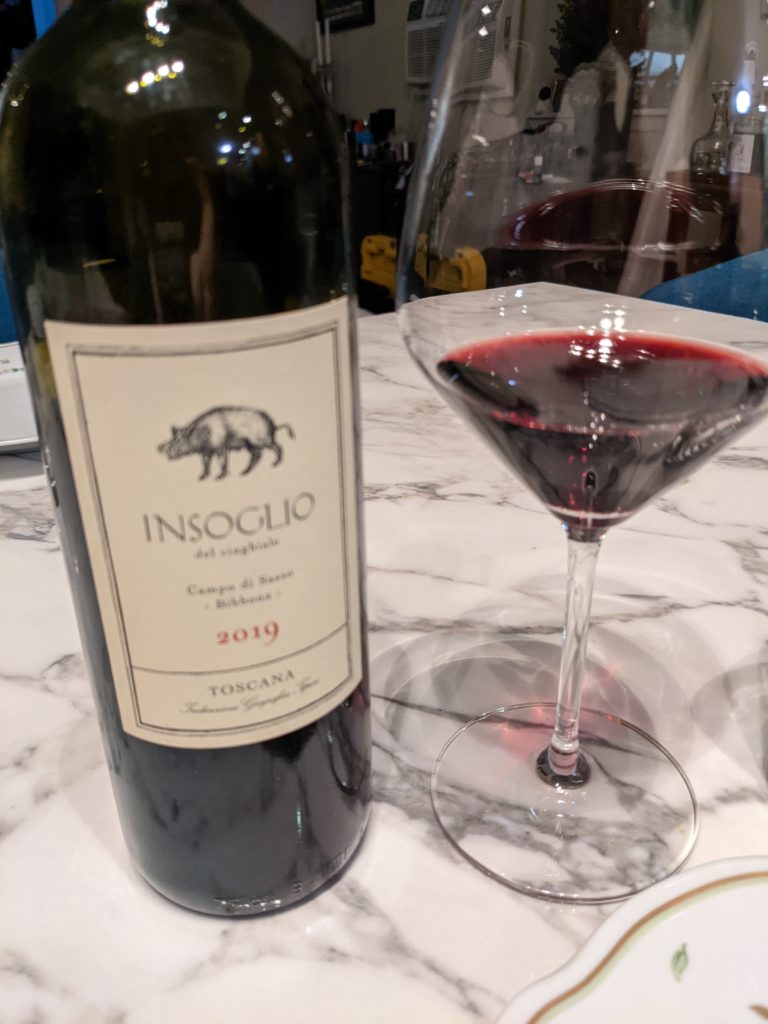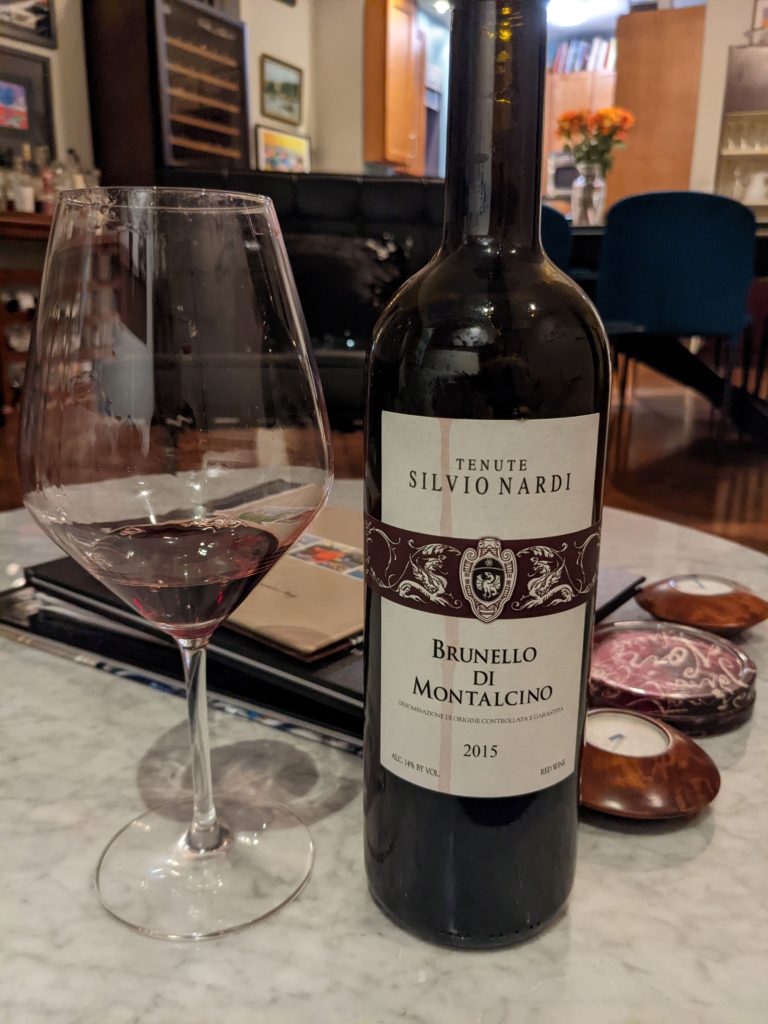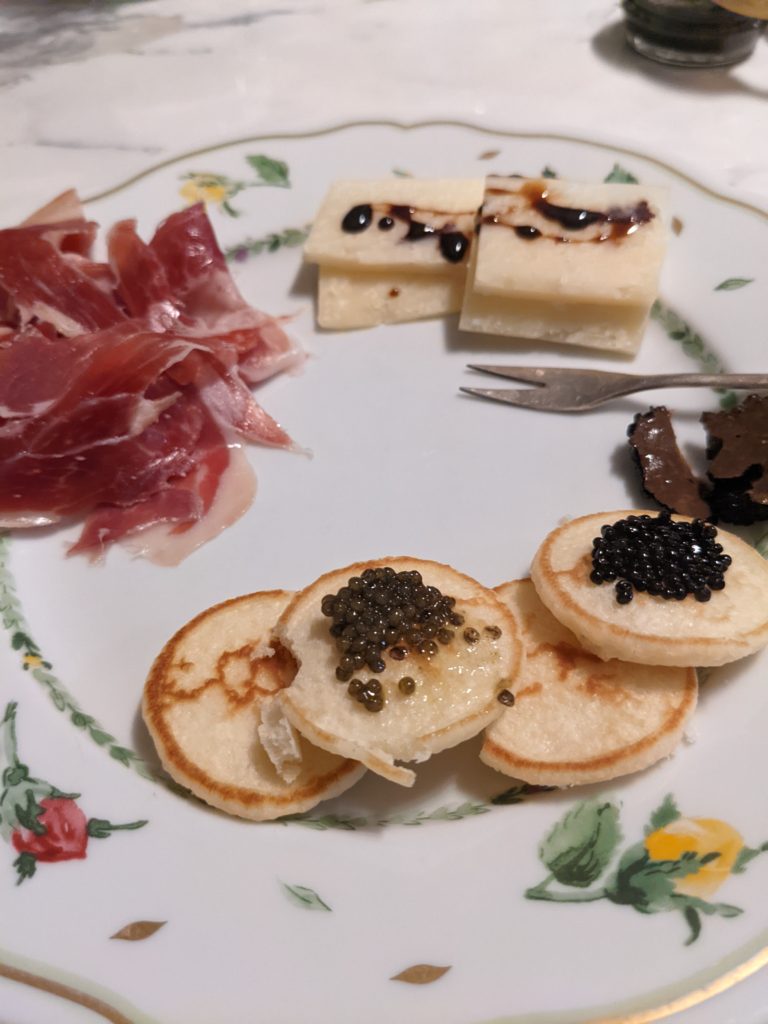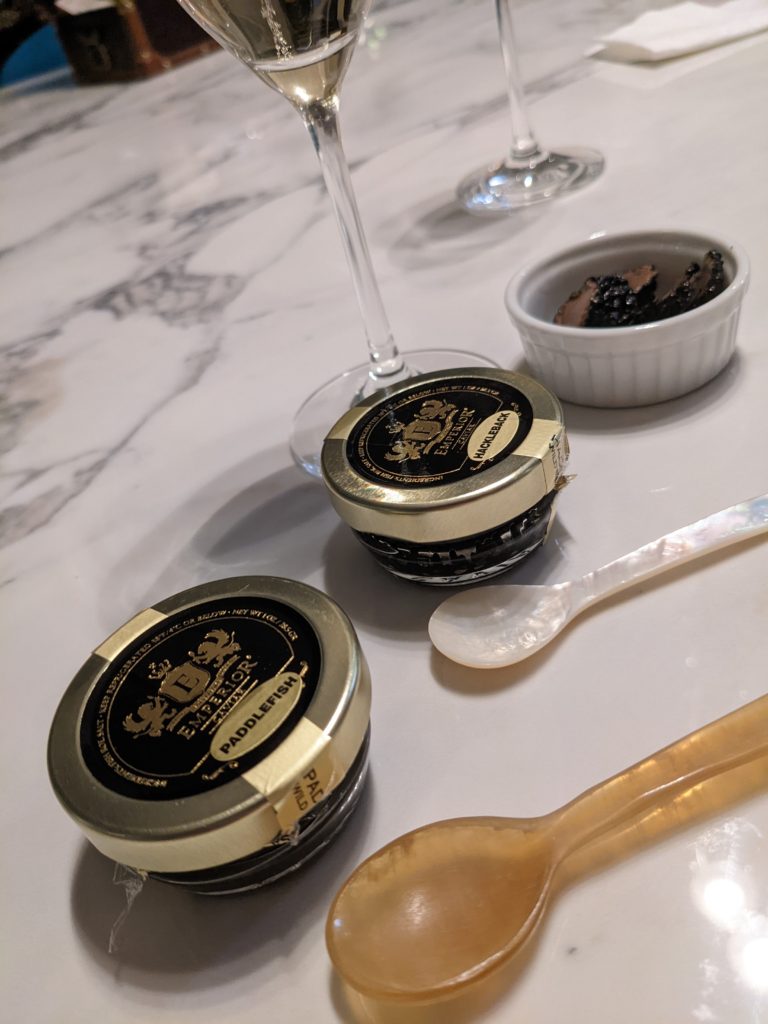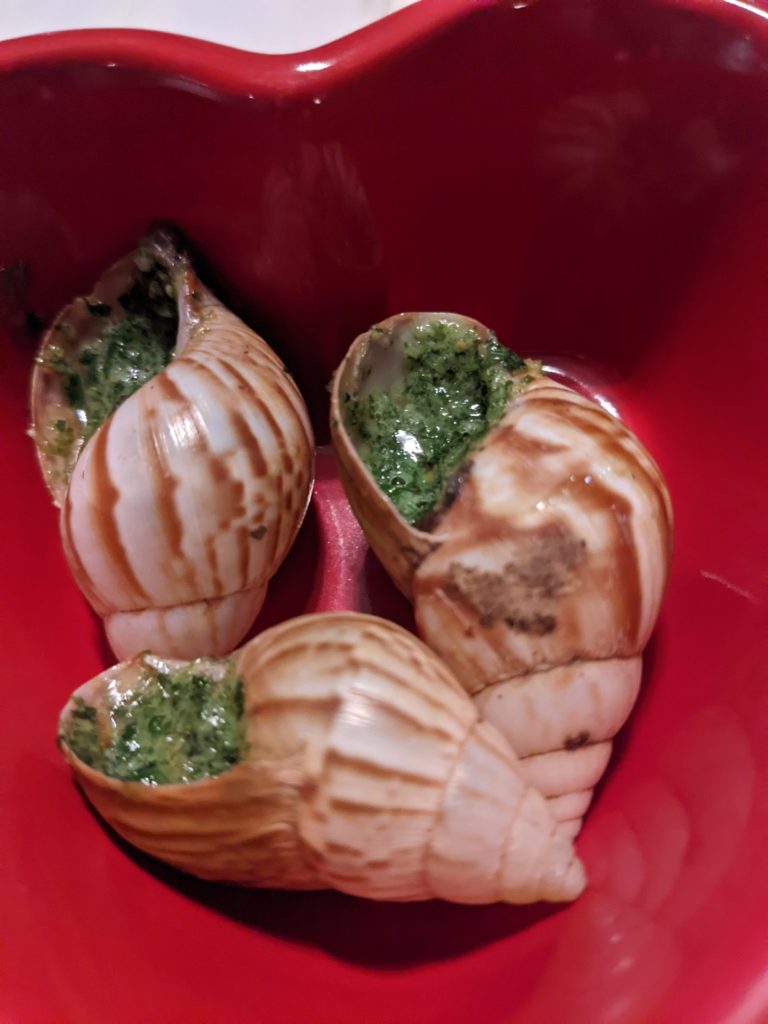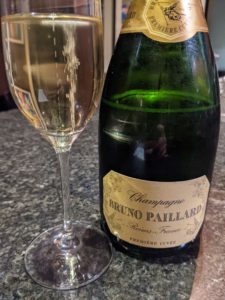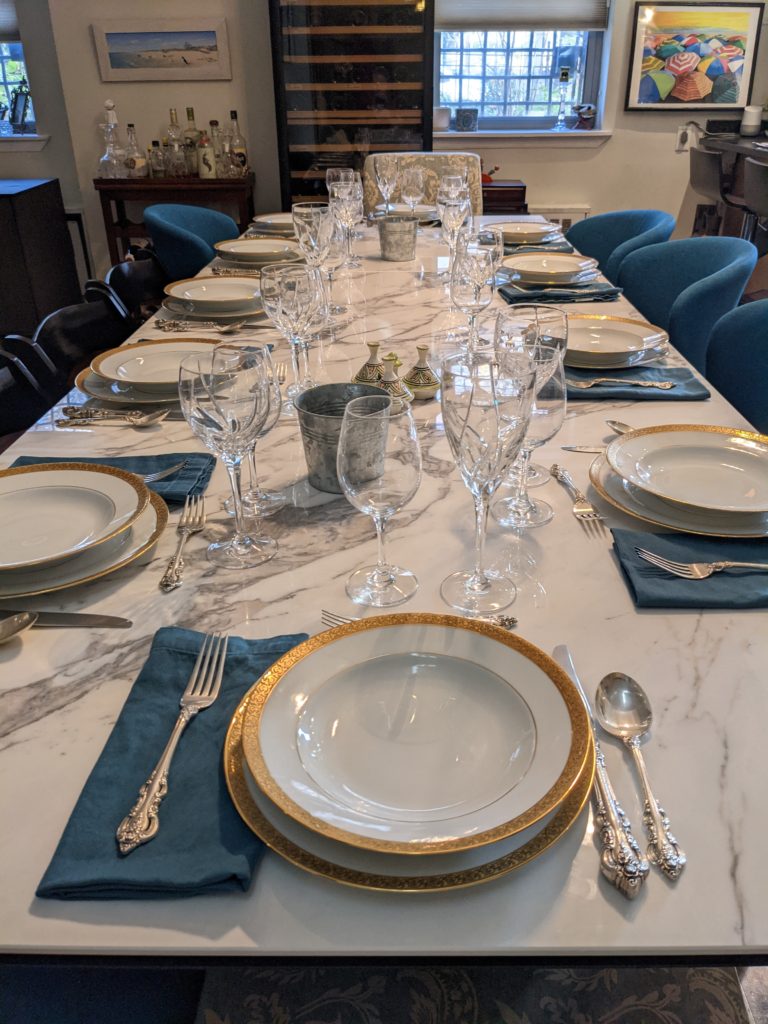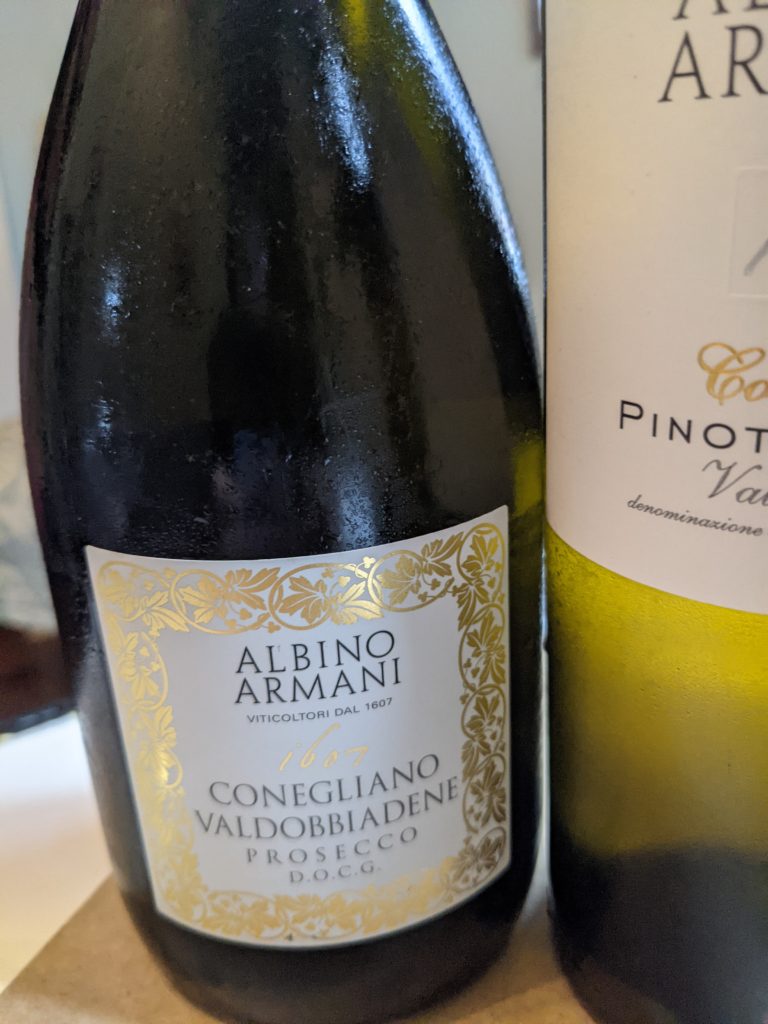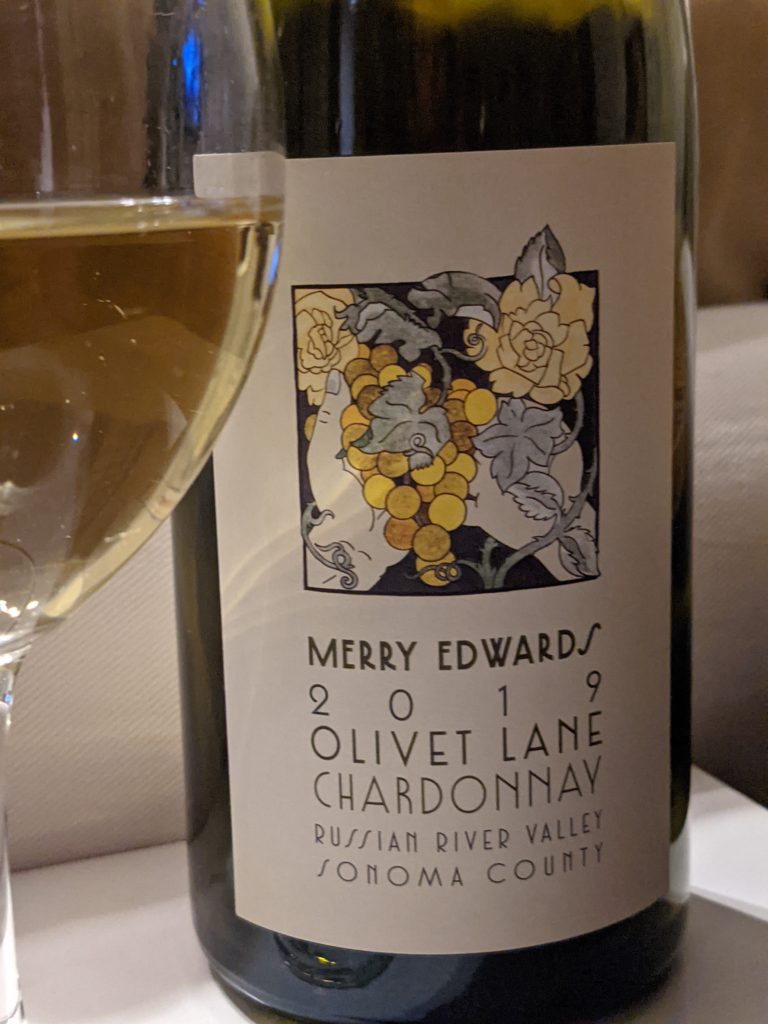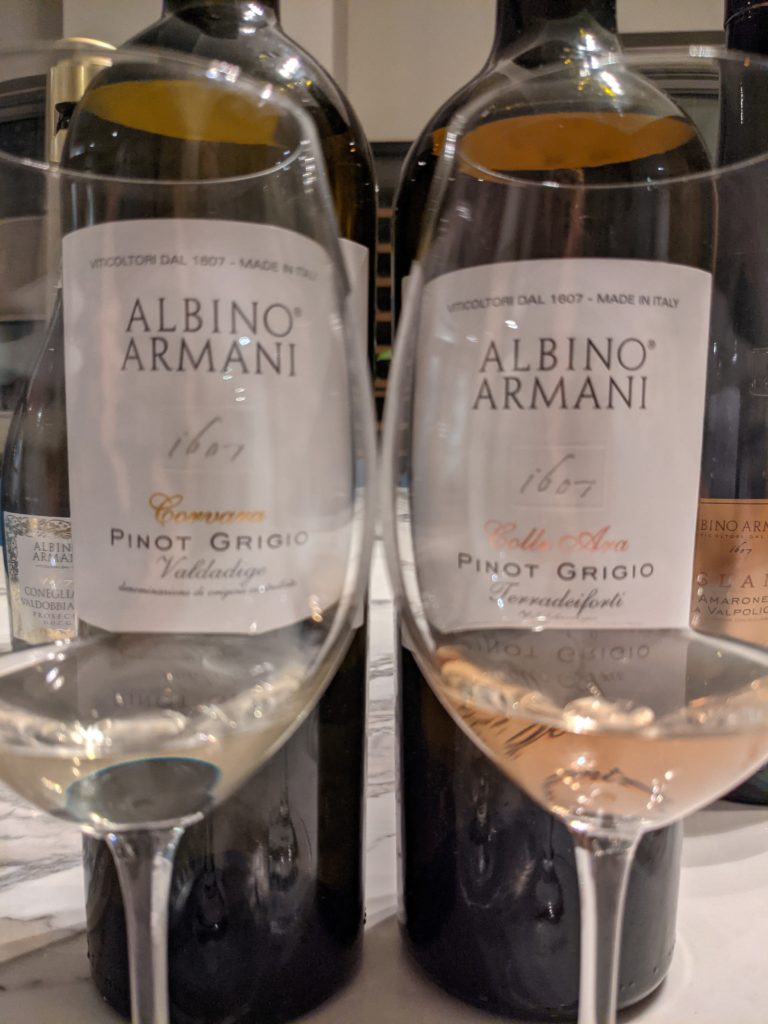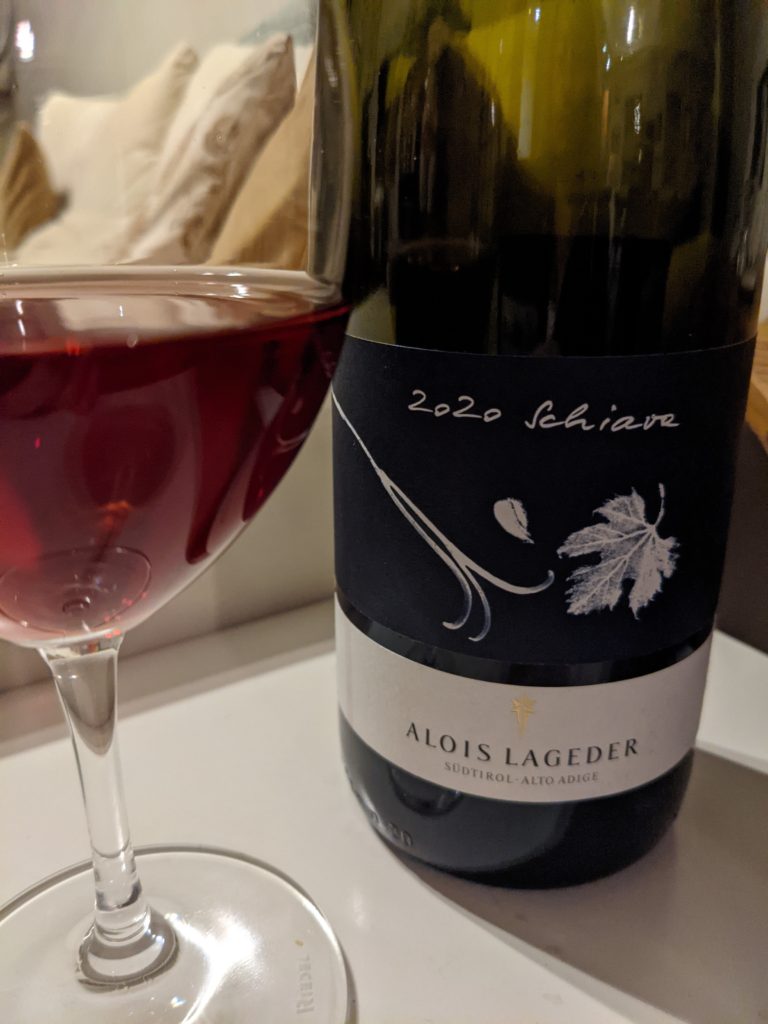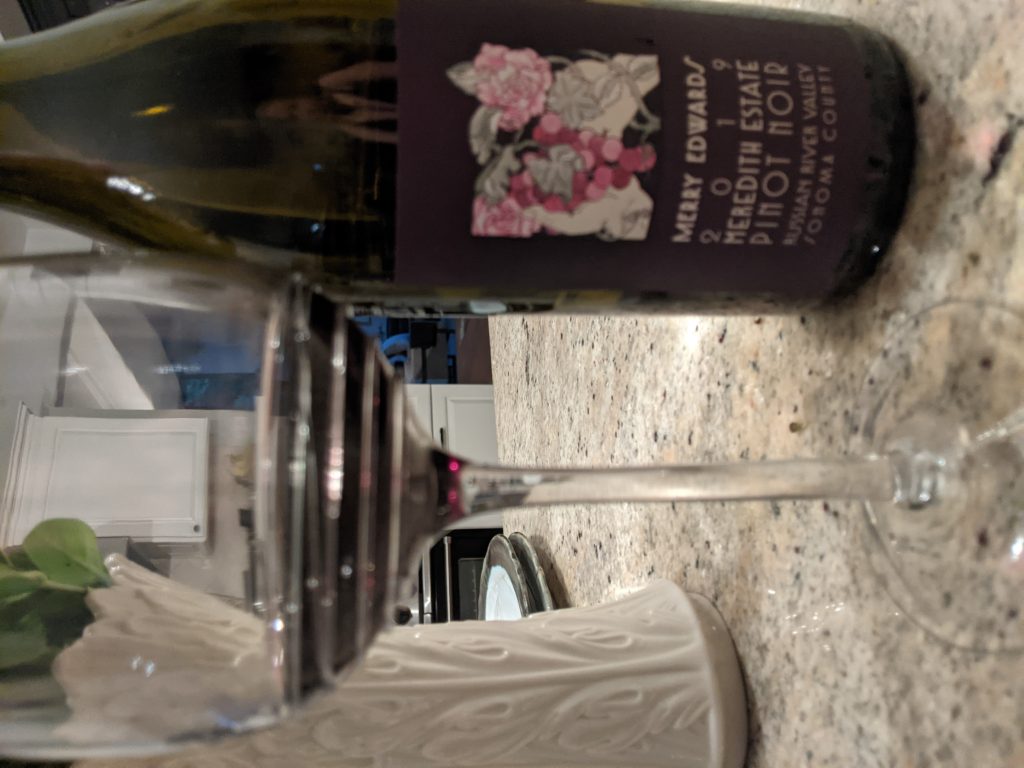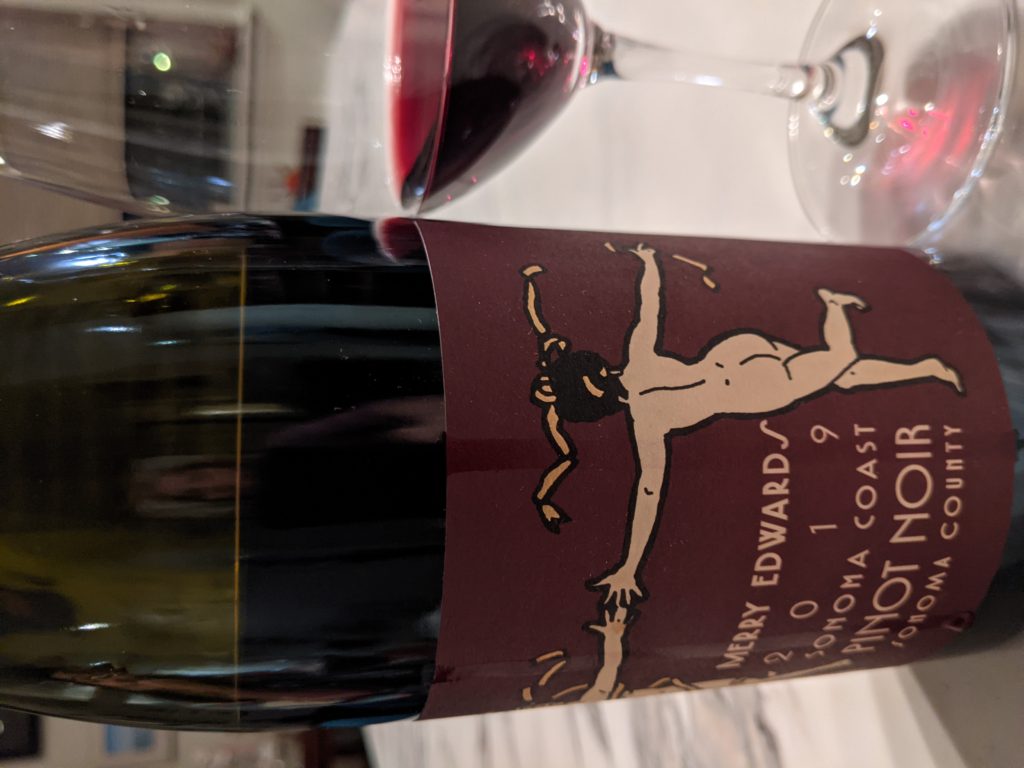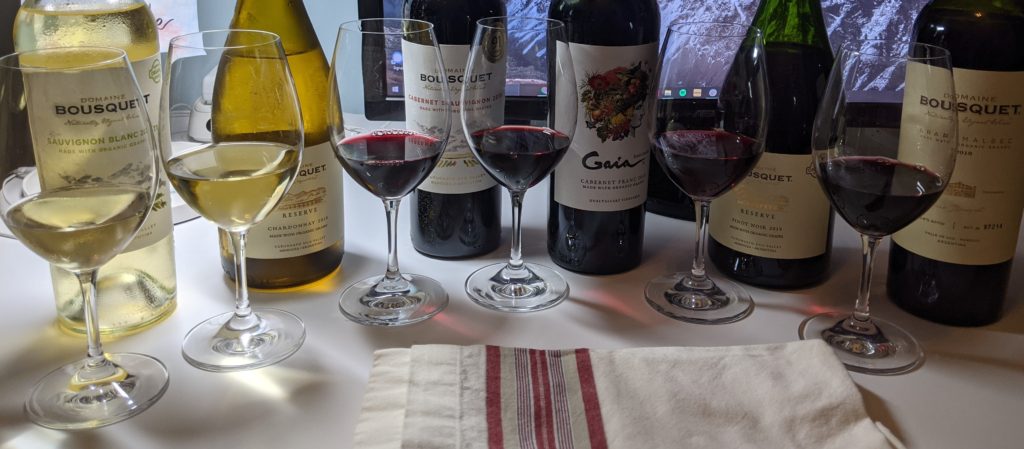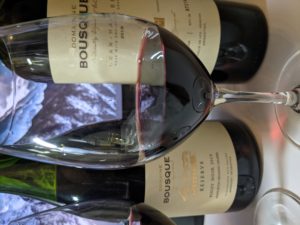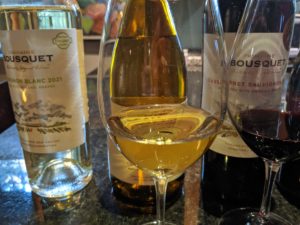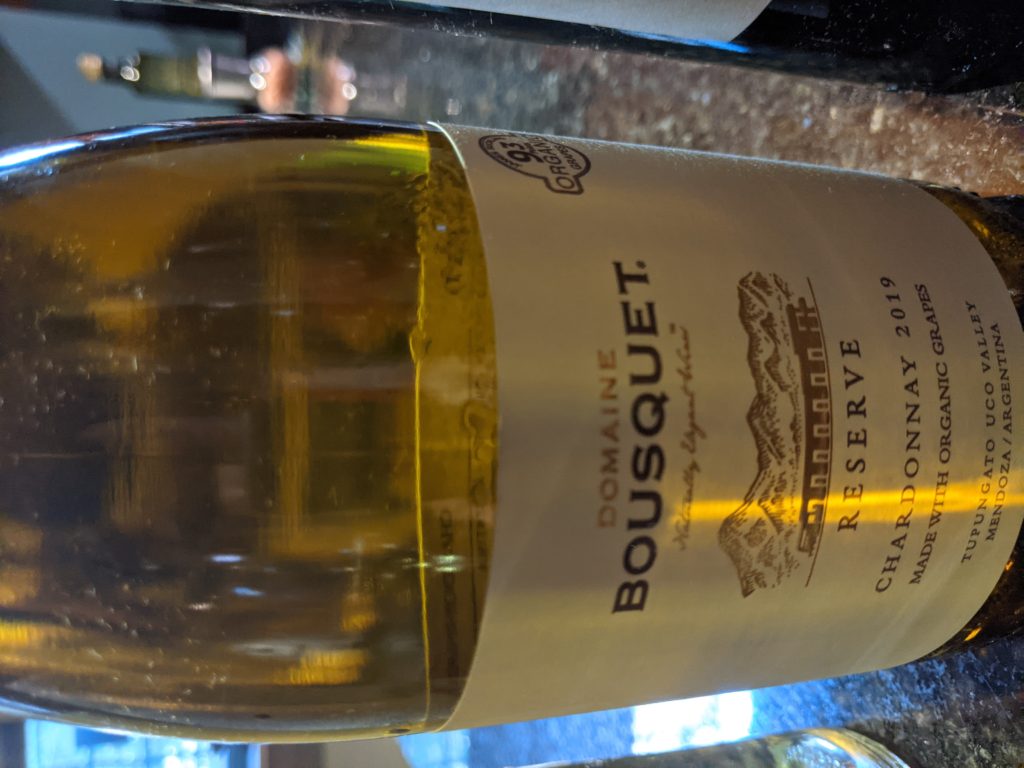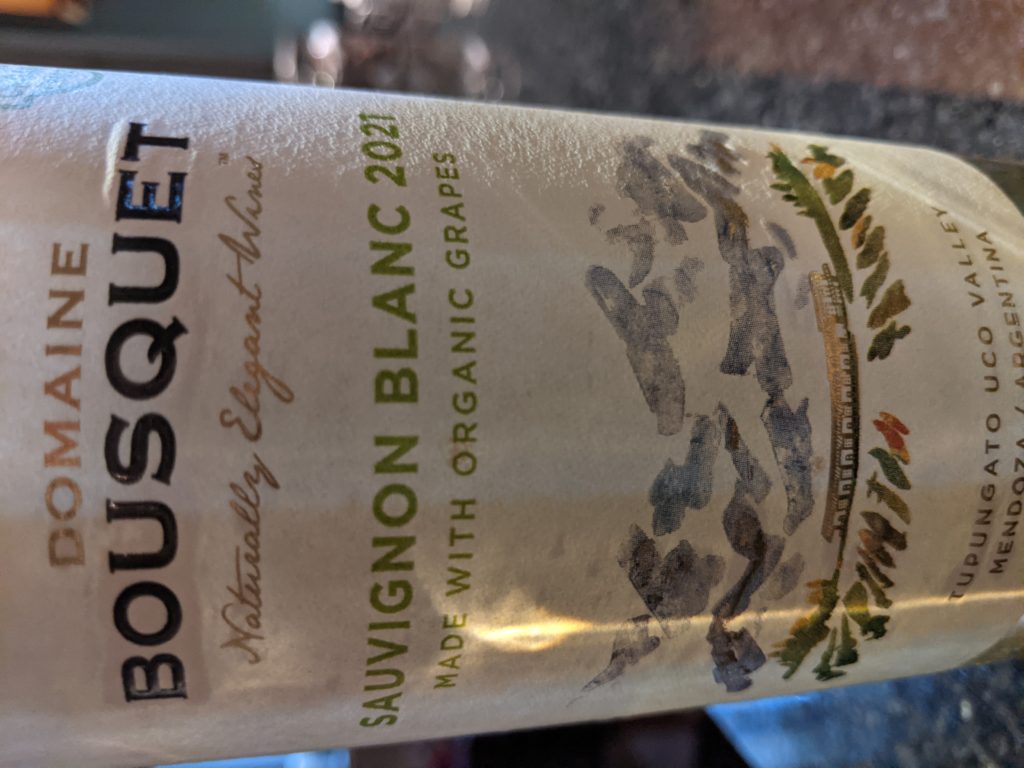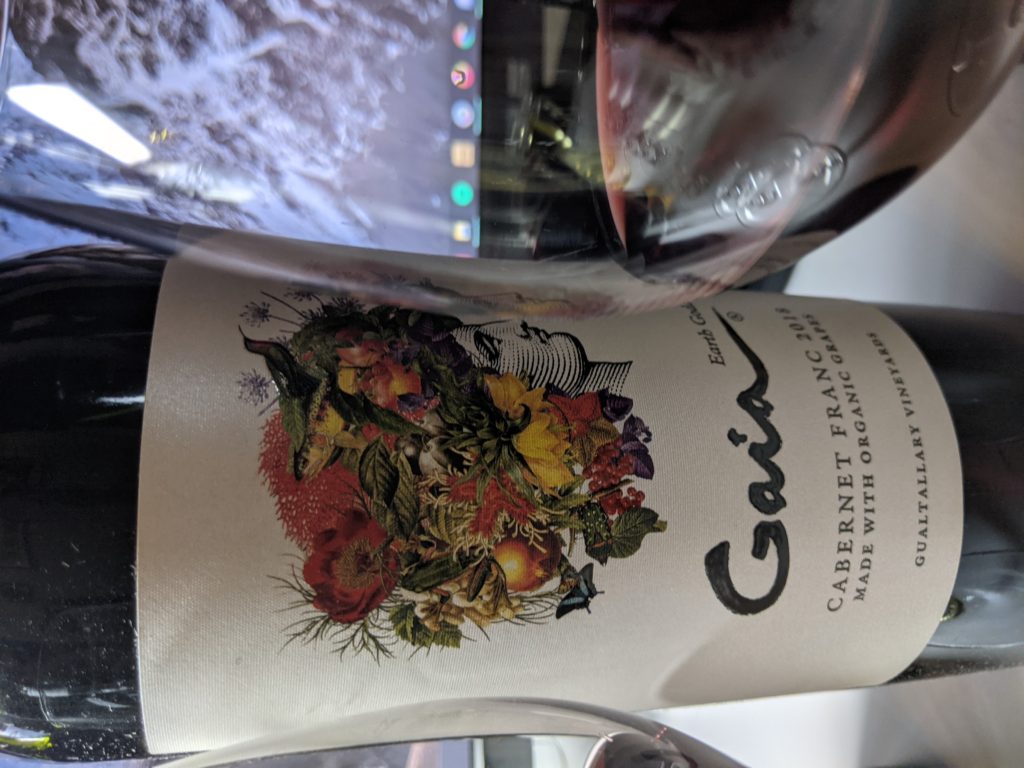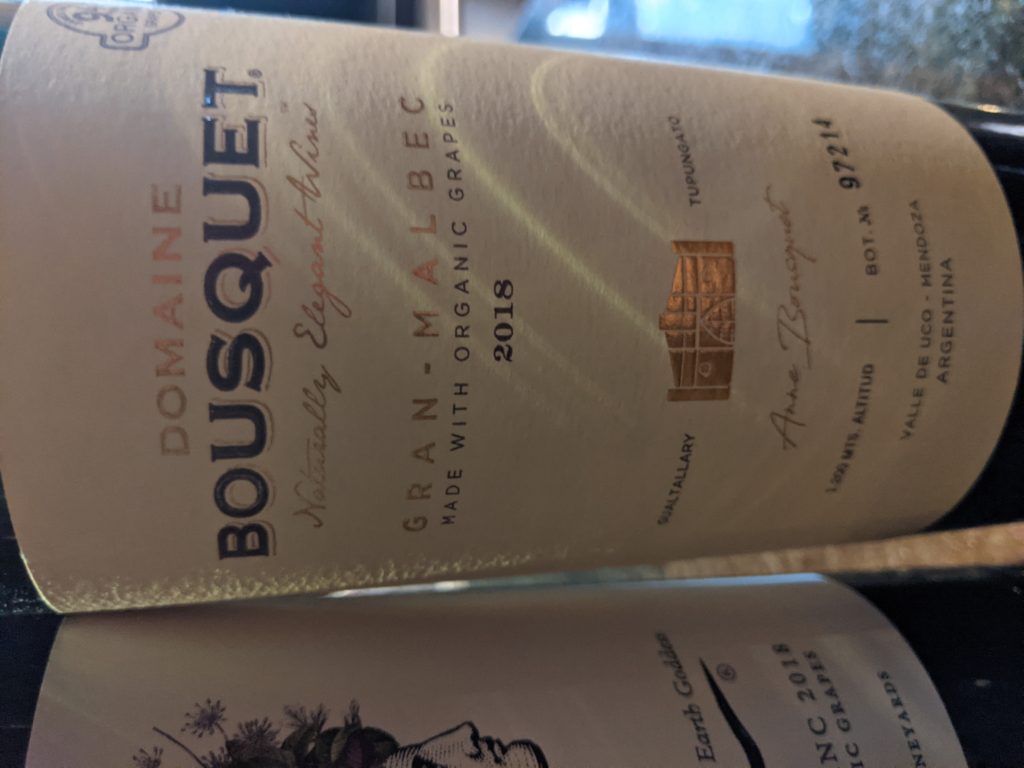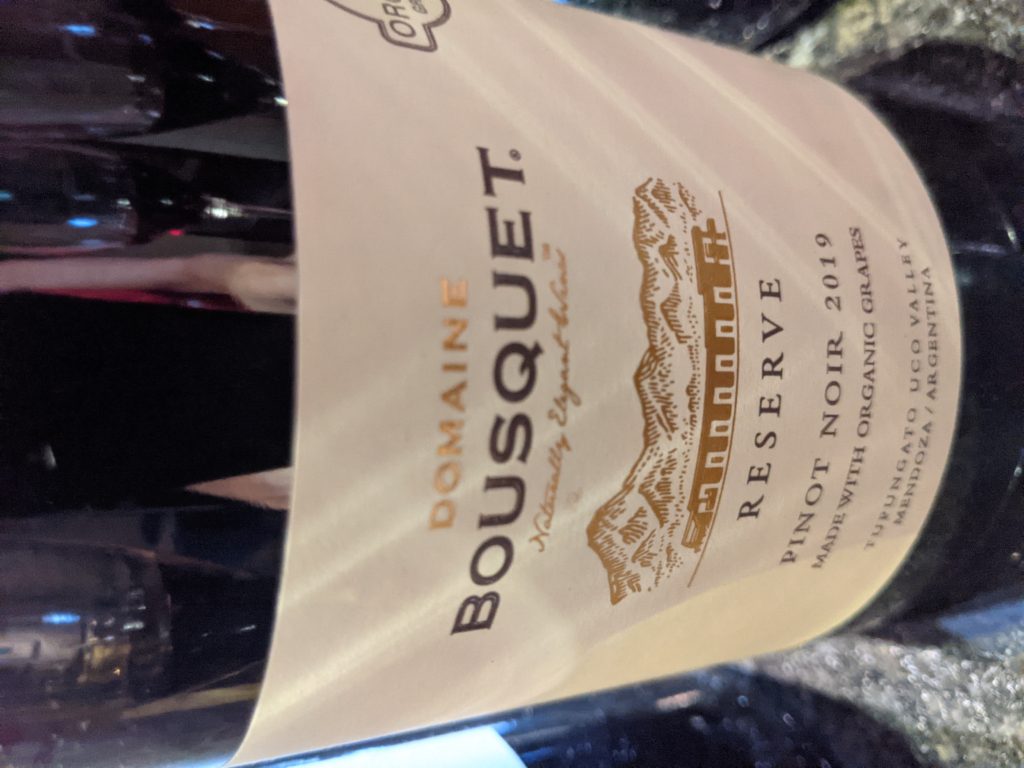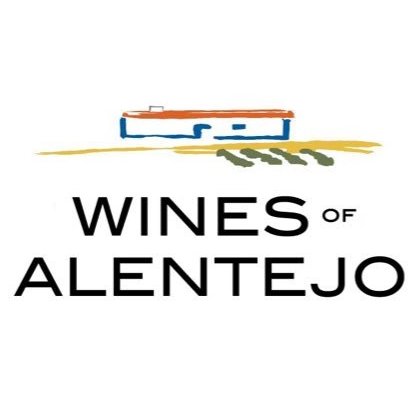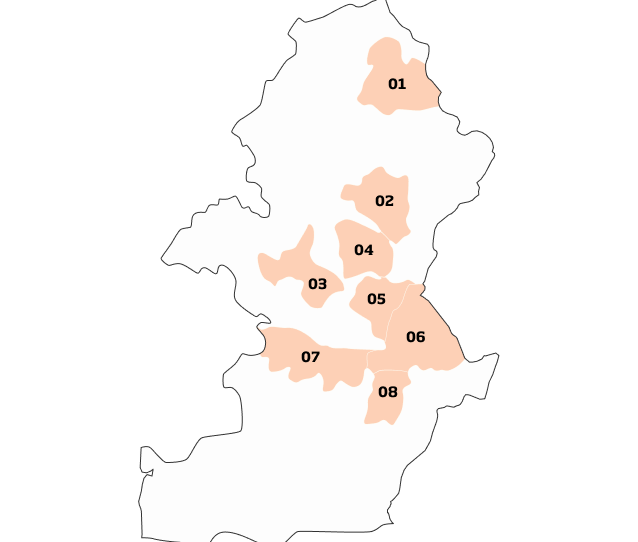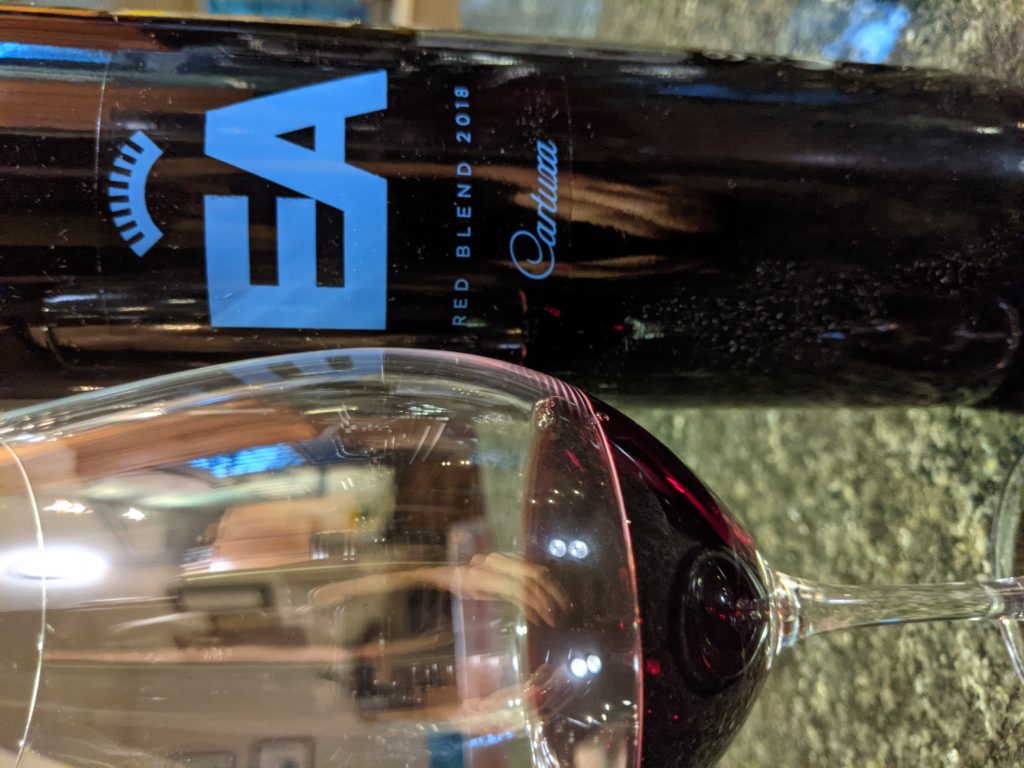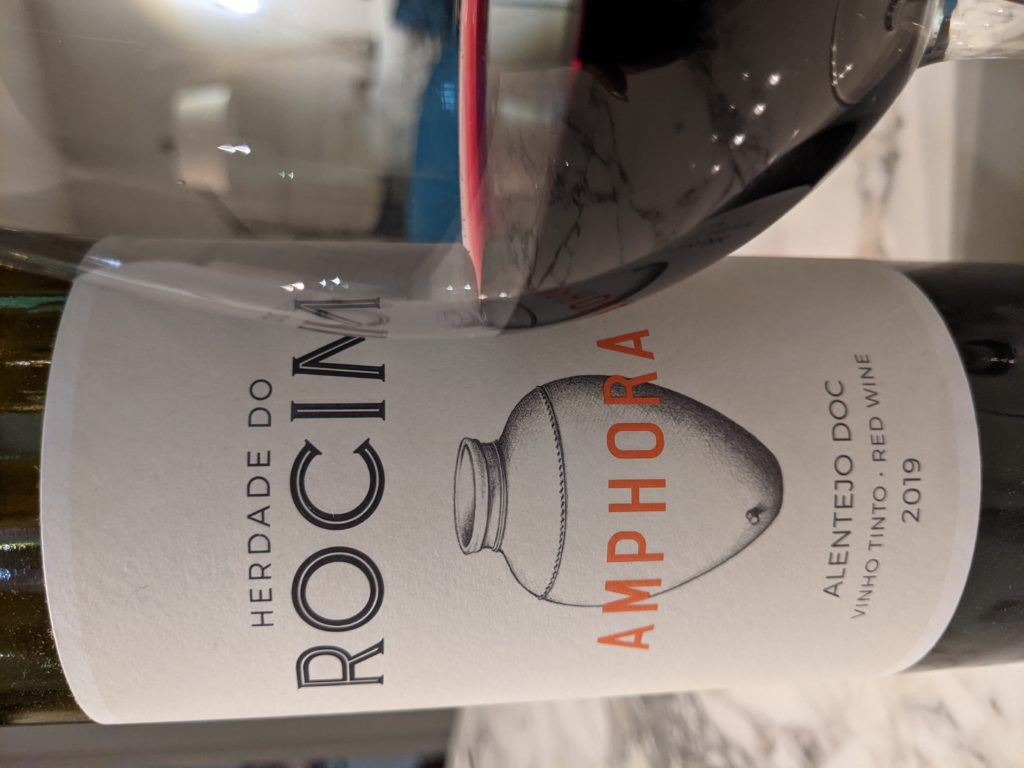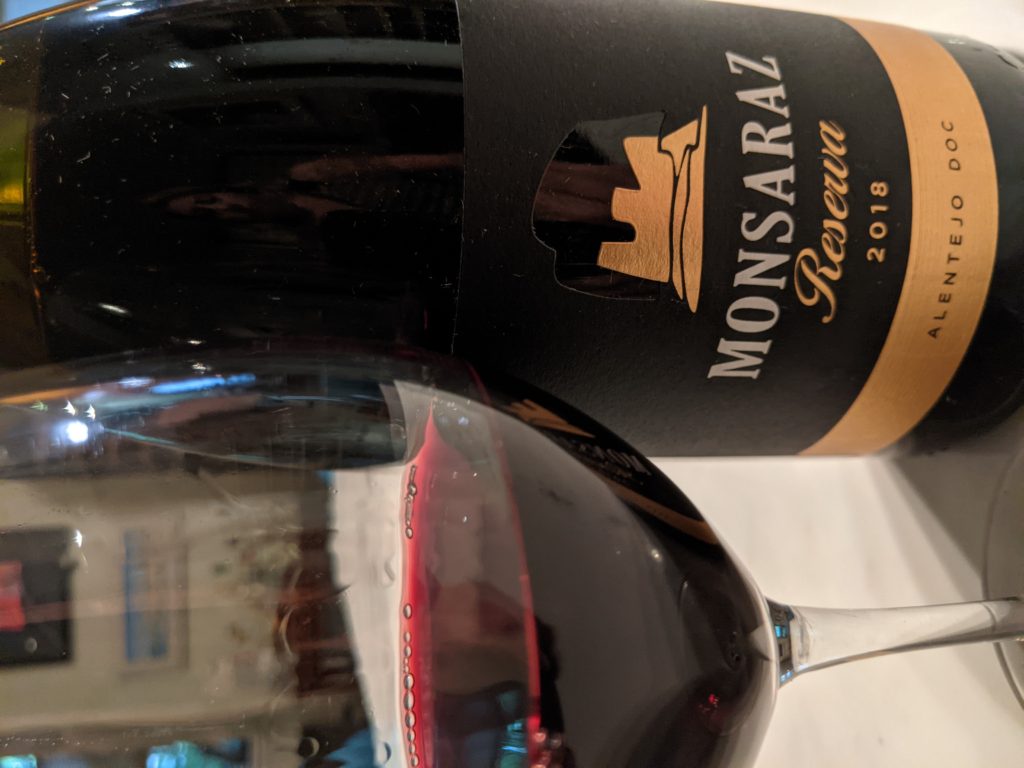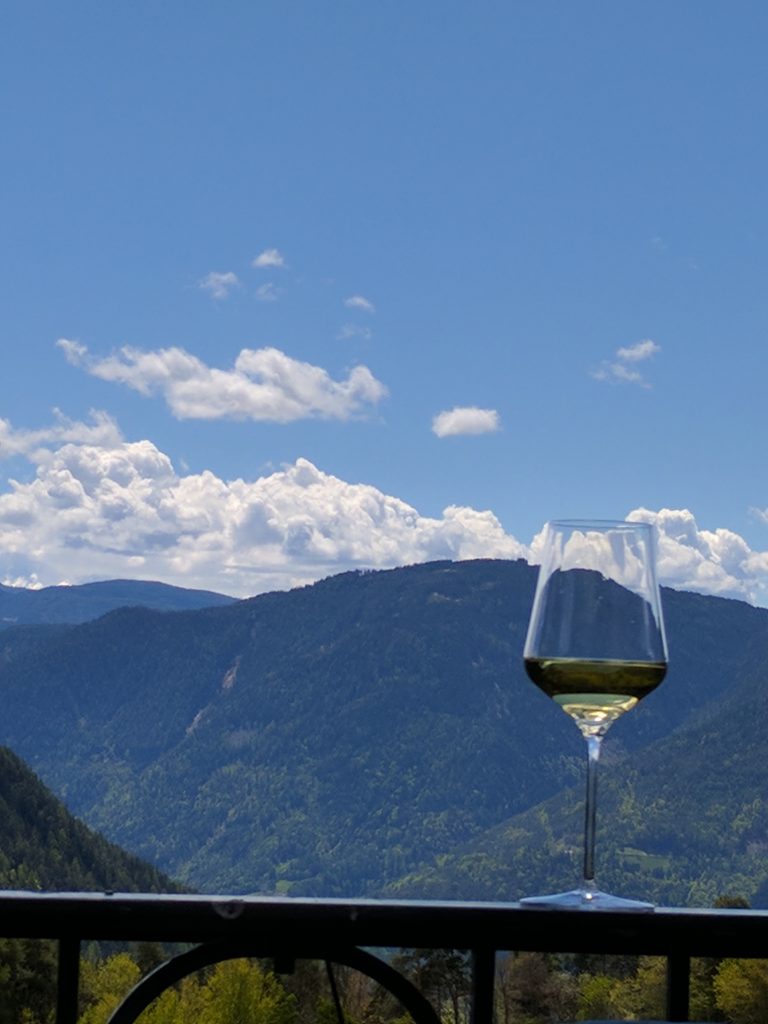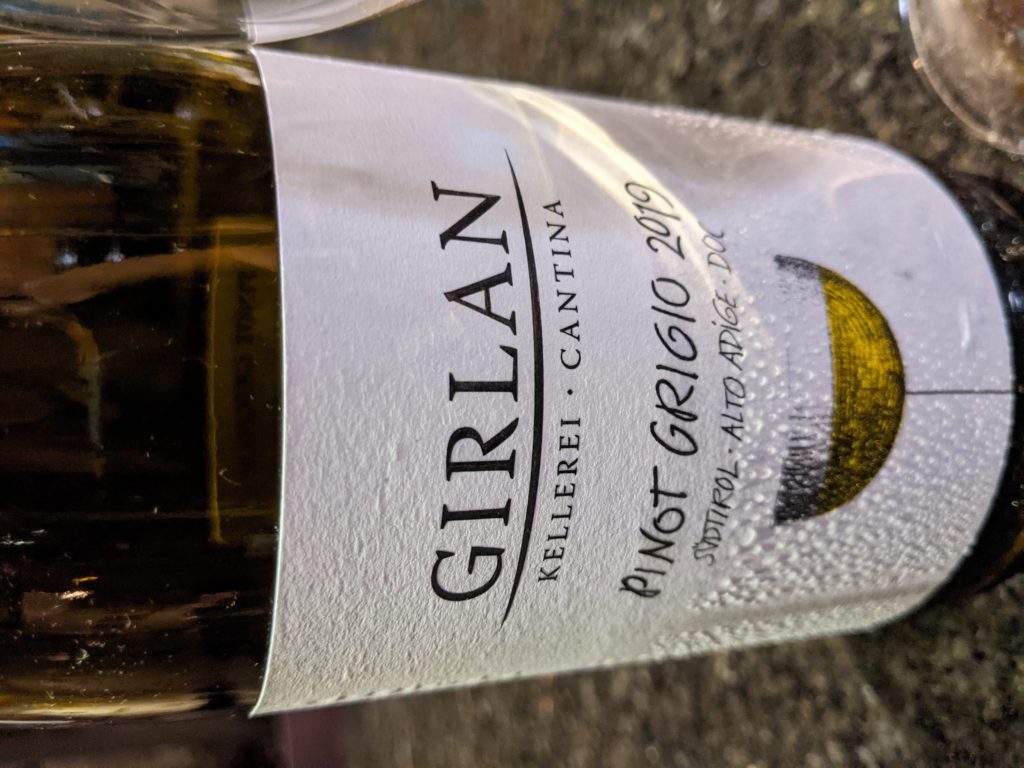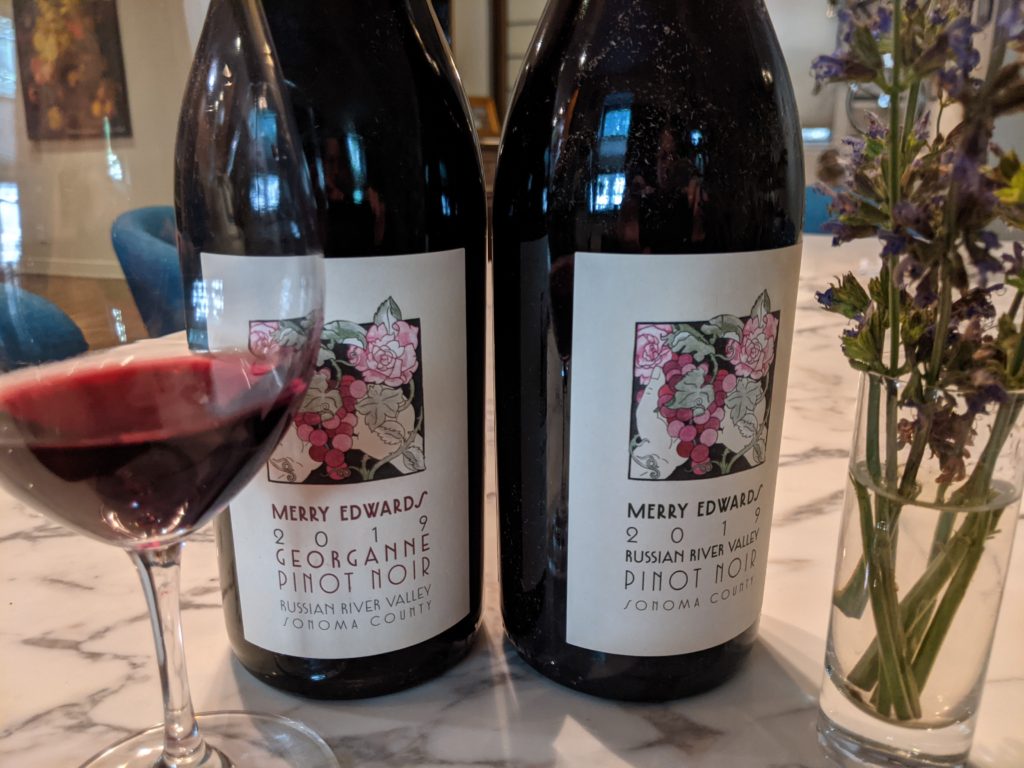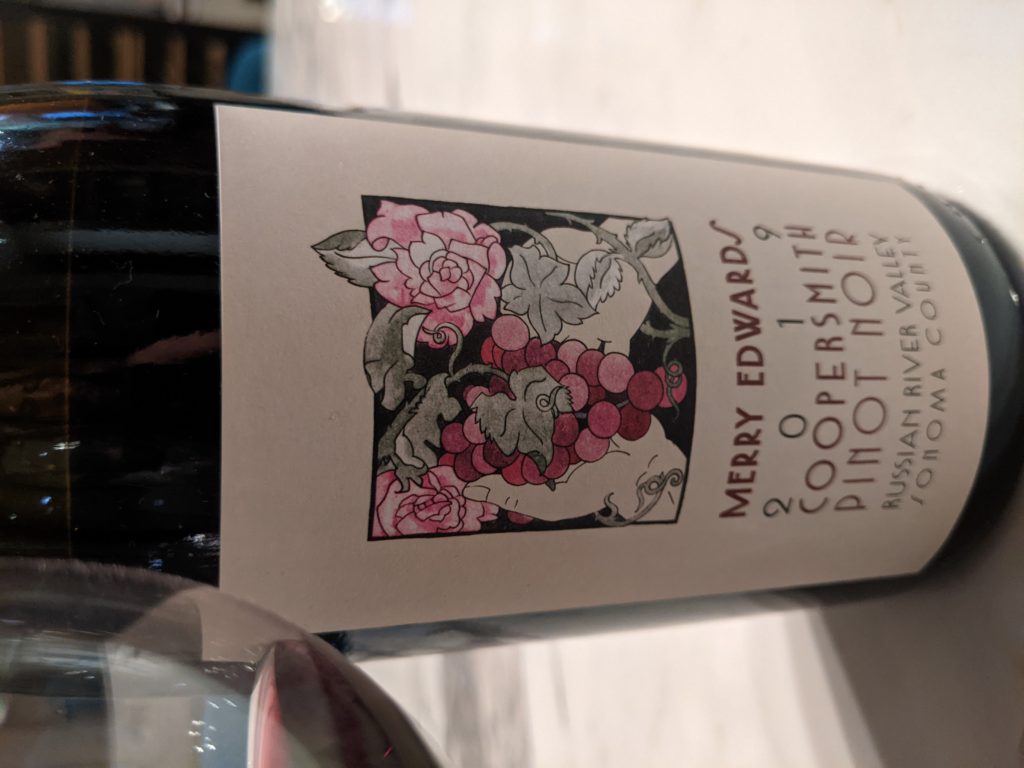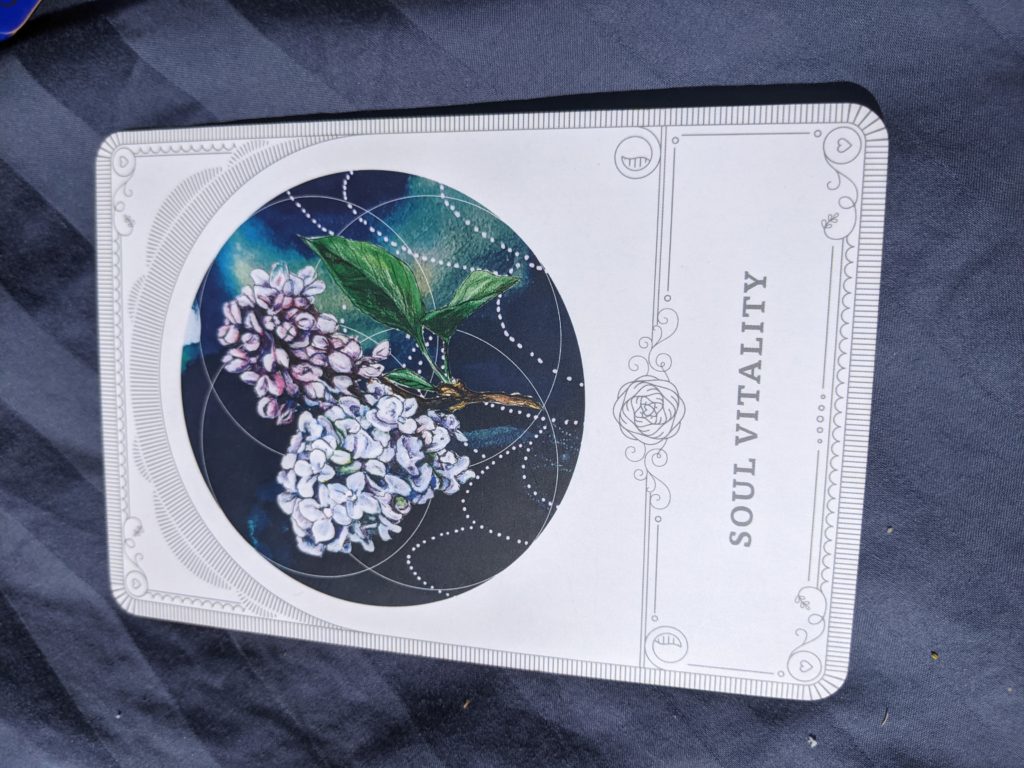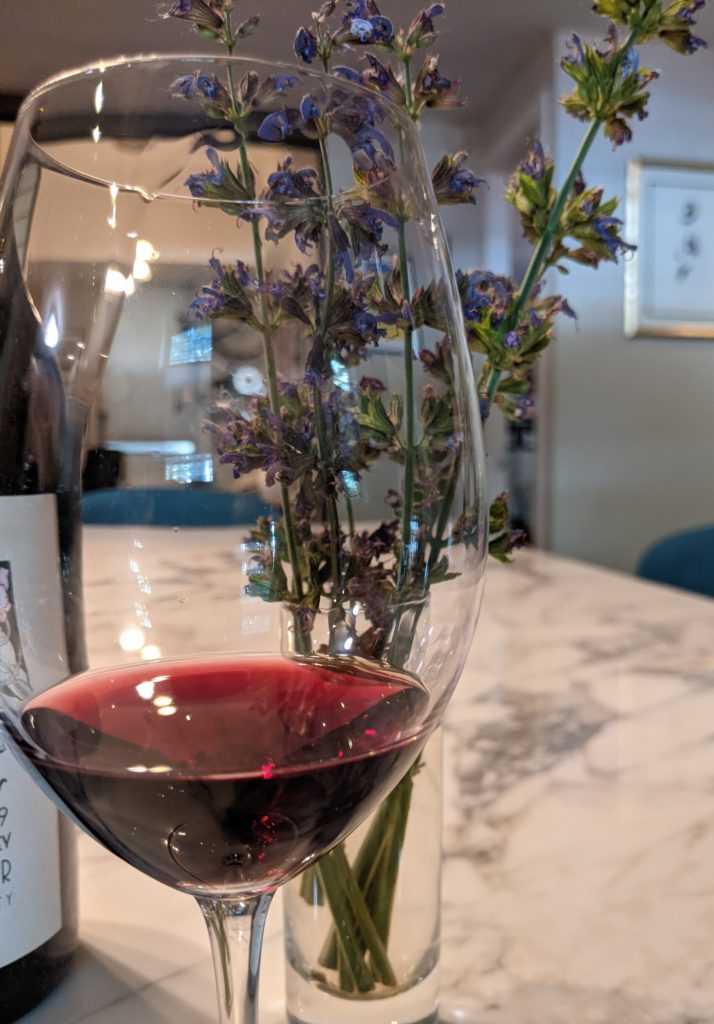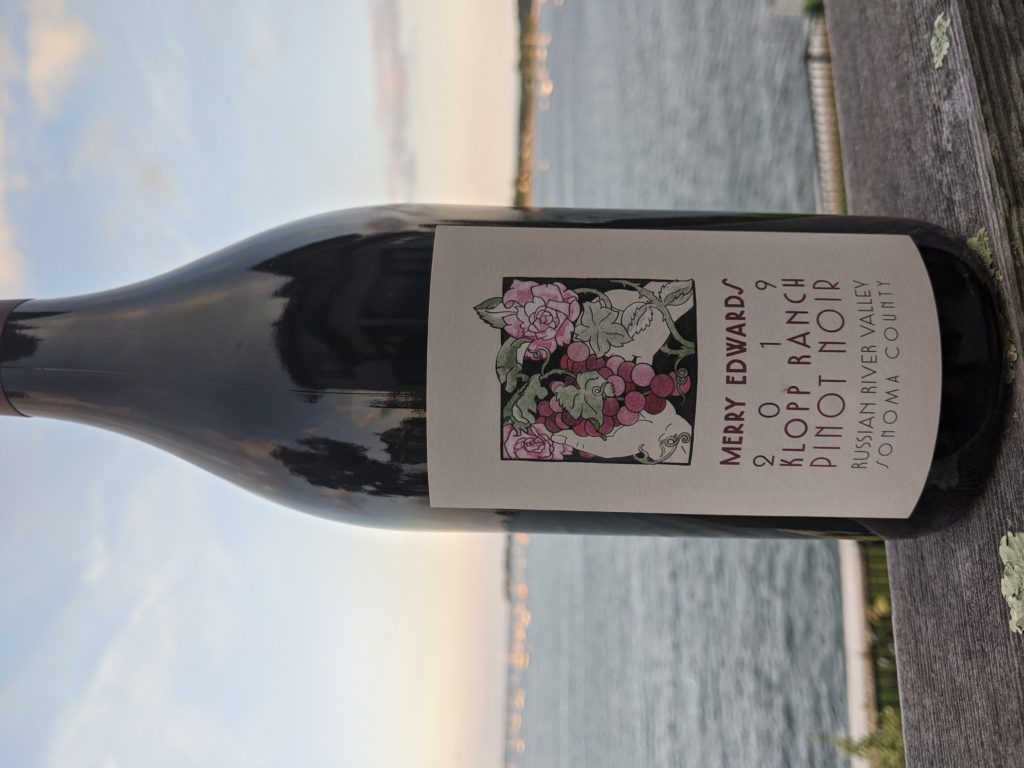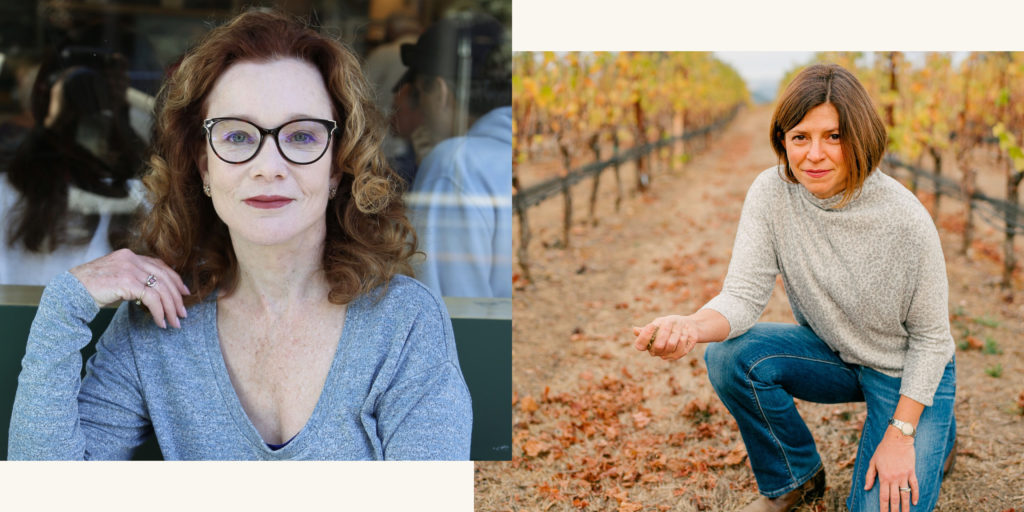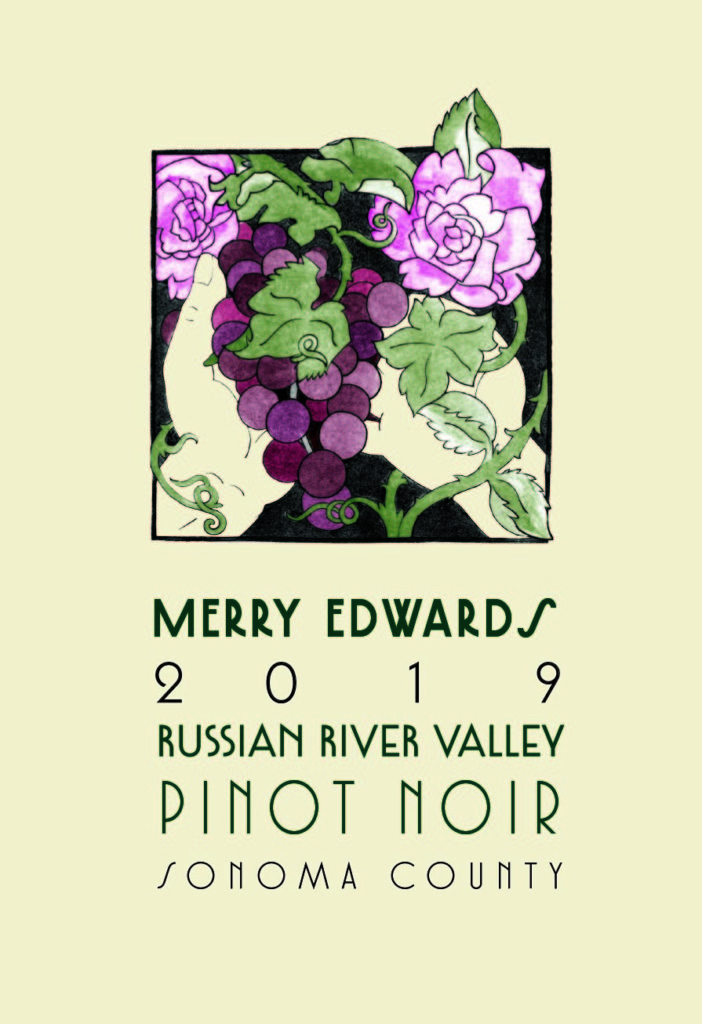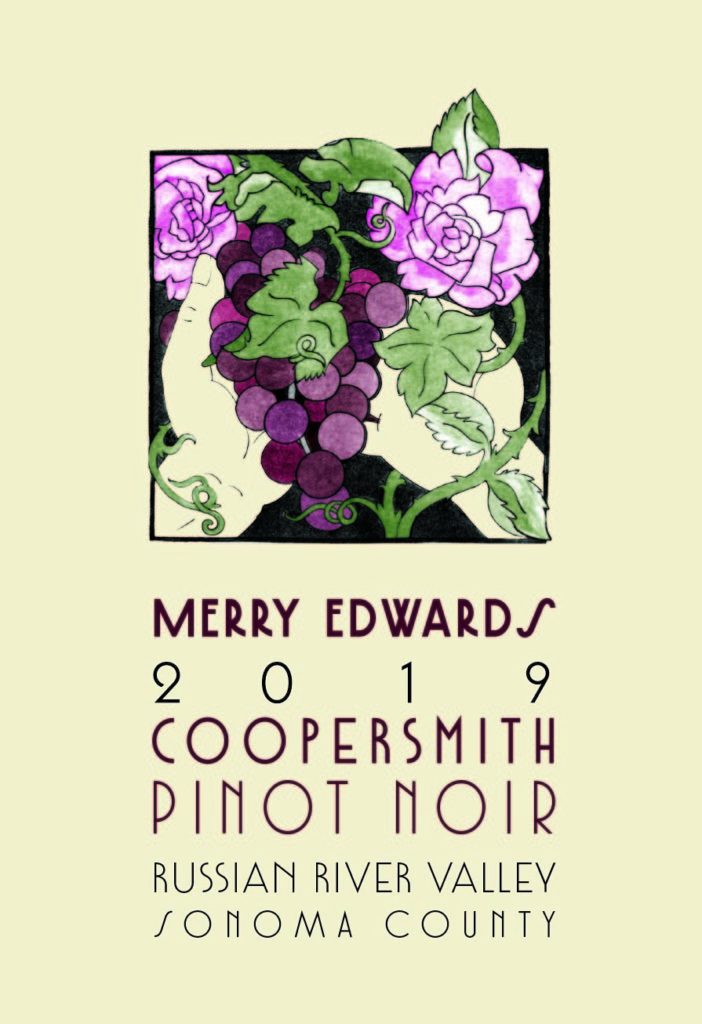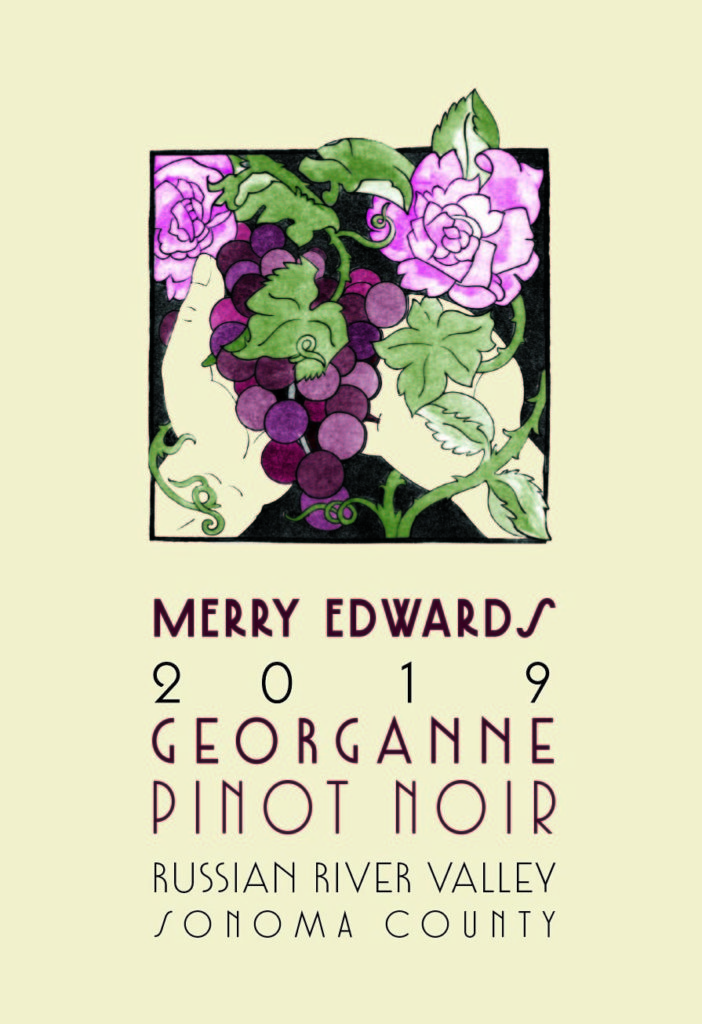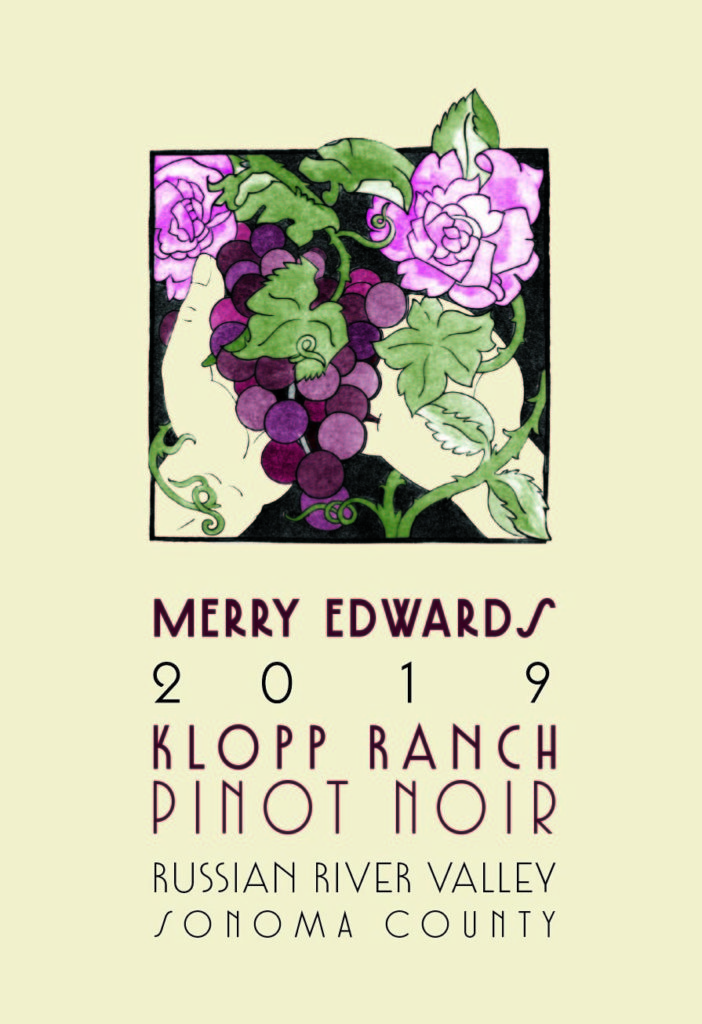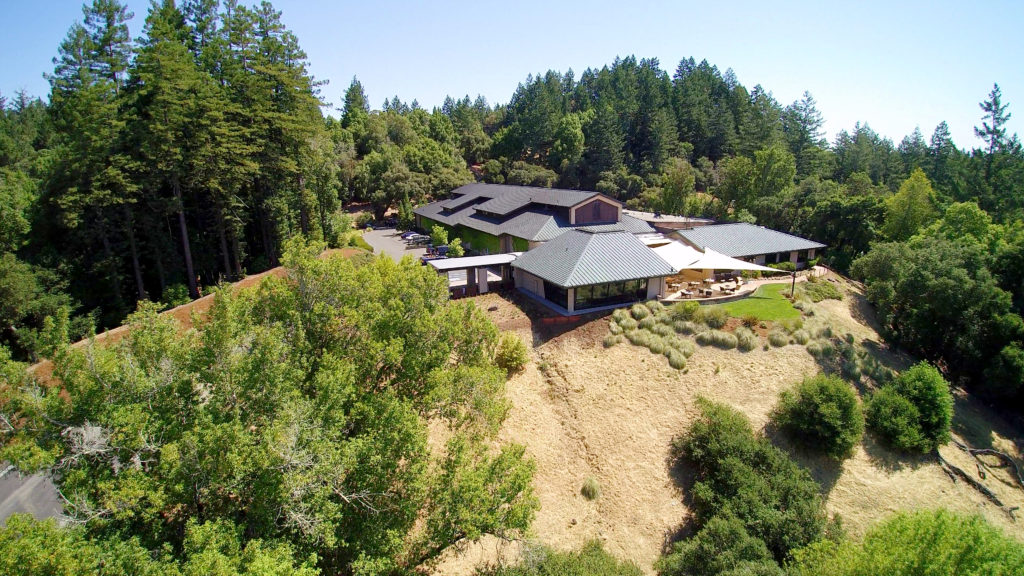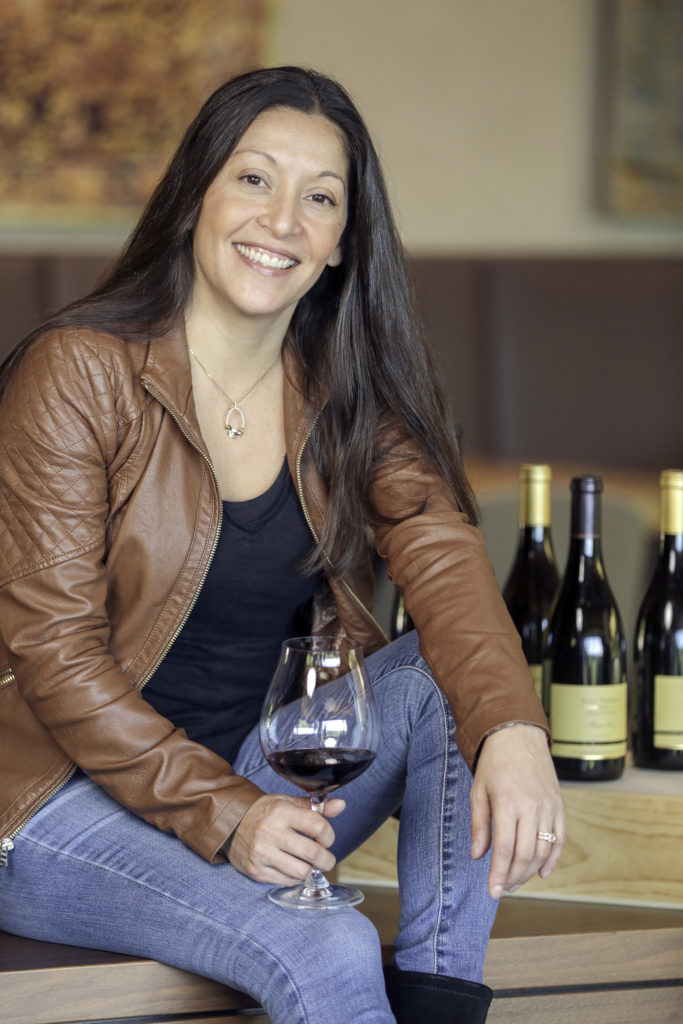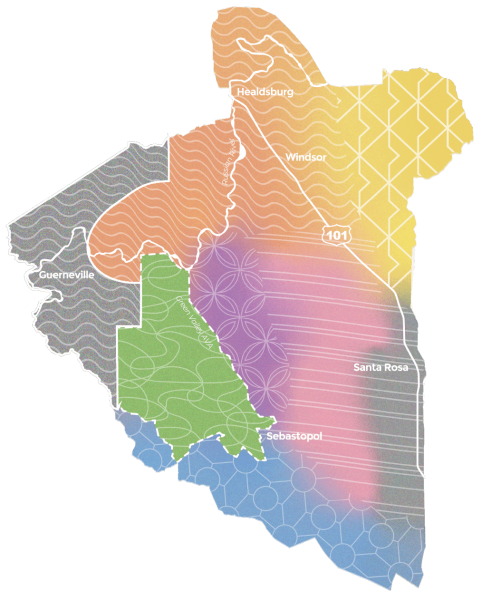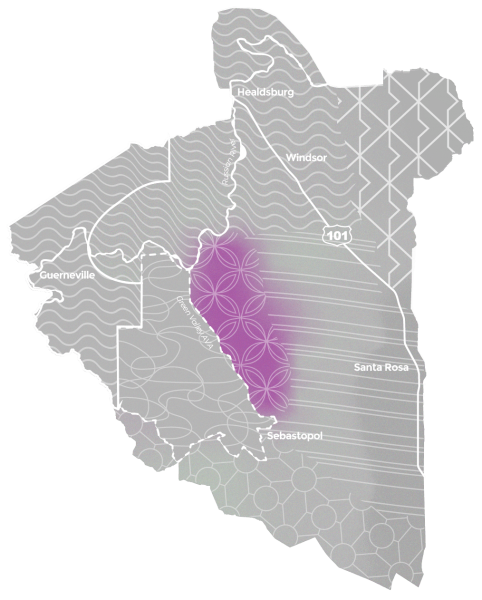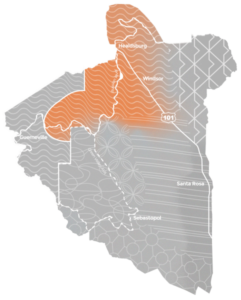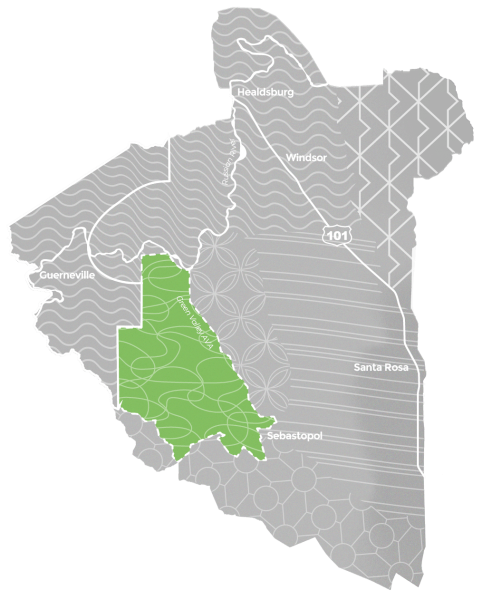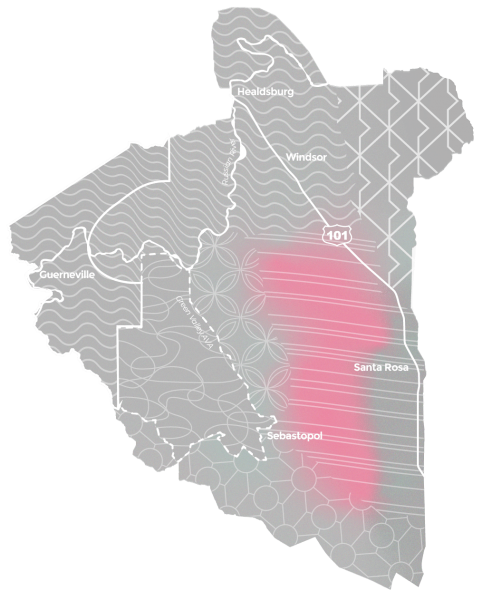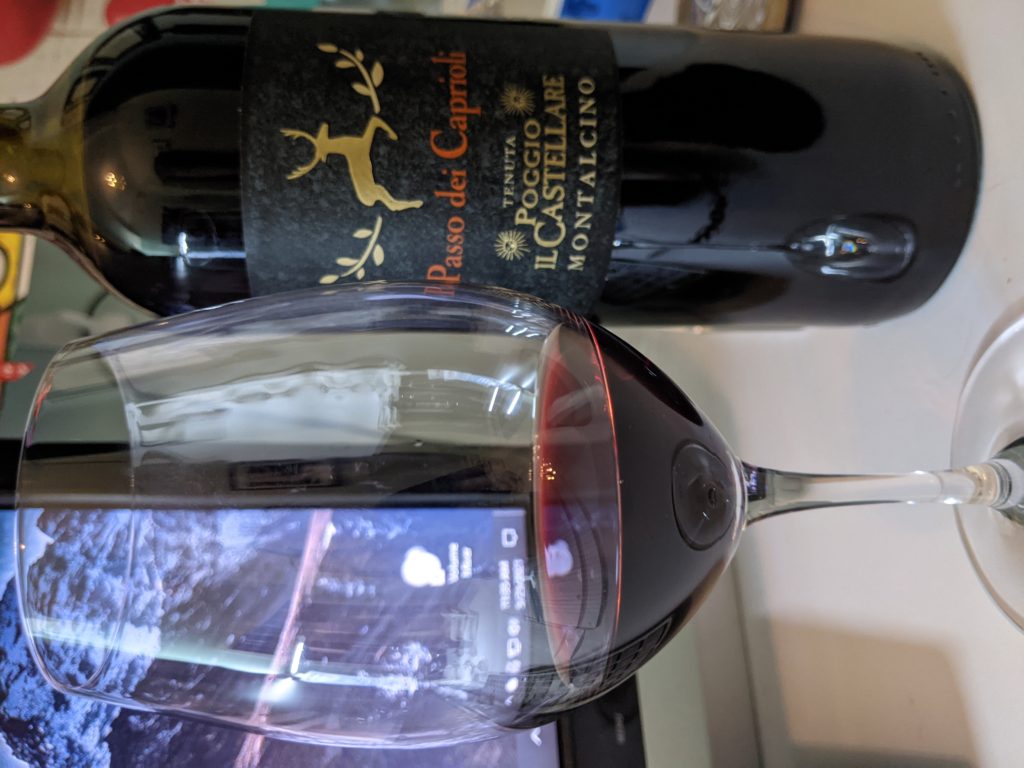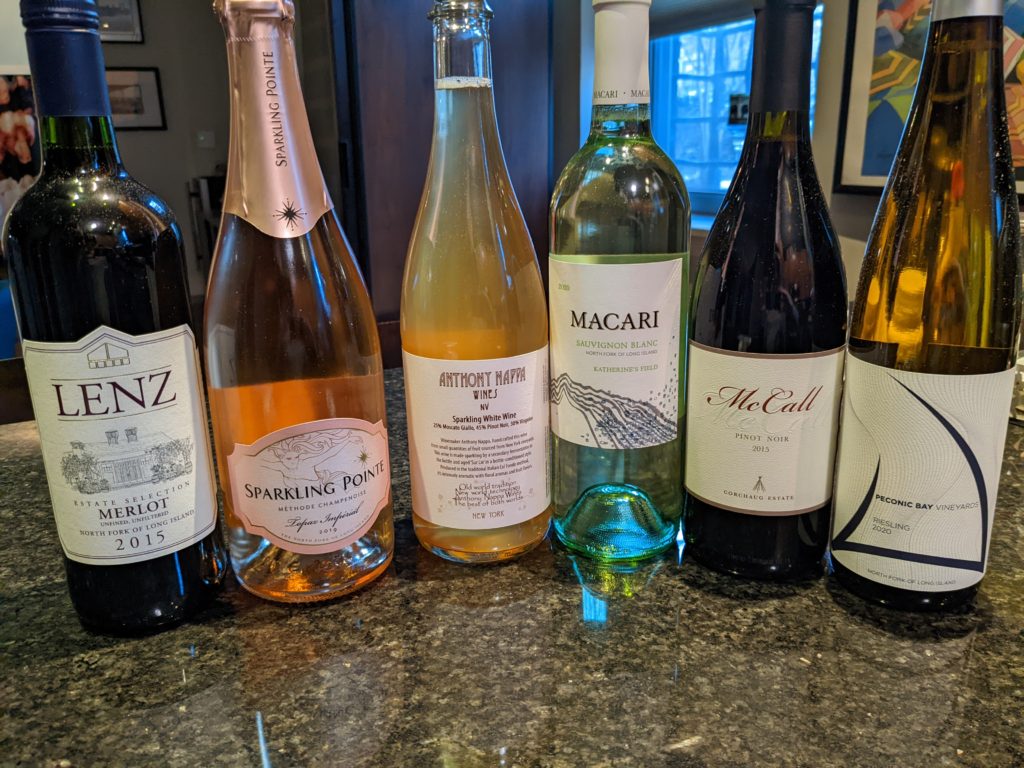
With the first vineyard planted in 1973 by a young, starry-eyed couple fresh out of Harvard, the first seeds (or rather vines) of the Long Island wine region were sown. That couple, Louisa and Alex Hargrave, were true pioneers, bringing vision and bravado to their newly purchased farm. Much like the early English settlers that preceded them, Alex and Louisa came to the task with limited knowledge, but unlimited passion and drive, pushing them to succeed where others were sure they would fail. Before long, they were joined in their efforts by other adventurous souls, all of whom were in love with wine. As time flew by, a fledgling wine region was born, eventually becoming an internationally recognized producer of quality wine.
Today, there are 48 winery members of Long Island Wine Country, situated among the North Fork, South Fork (aka The Hamptons) and Long Island’s Western Suffolk County. The region has garnered repeated praise in both consumer and trade publications. Moreover, the bucolic region has retained much of its rural charm, making it a true escape from the hustle and bustle of New York City, located only two hours away. Accordingly, the region makes a great getaway to visit the vineyards, taste some wines and stock up for the summer.
I have been familiar with Long Island wines since the early 2000s. In particular, when I first joined the wine industry in mid-2005, I set up a wine education business in Mattituck, adjacent to Macari Vineyards. As our lives changed, we sold our Long Island real estate in 2013 and have only been back to the region a handful of times since then (see Island Wines), not for any other reason that being busy with other things. For me, Long Island wines are the jewel in New York State’s vinous crown, with high quality wines, exciting innovations in winemaking and warm-hearted people. At nearly 50 years old, the region has indeed found its footing and honed its knowledge of the terroir. Thus, it was a pleasure as well as a trip down memory lane as I recently tasted through a half case of Long Island wines.
TASTING NOTES

Sparkling Pointe Topaz Imperial Rose 2019, North Fork of Long Island (NY), USA, $44.00
Produced in the same method as those from Champagne, this wine was produced with 50% Chardonnay, 34% Pinot Noir and 16% Pinot Meunier, the same grape varieties used in that vaunted region. Sparkling Pointe is dedicated solely to sparkling wines and with few things more festive than bubbles, it was the perfect way to ring in the new year when we spent New Year’s Eve at the winery one year. More recently, we enjoyed the wine for an at-home date night of oysters, charcuterie and cheeses. The nose offers up intense fruit character of raspberry and strawberry, while the palate displays a fine and persistent perlage, good acidity, and lovely fruit flavors, culminating in long length.
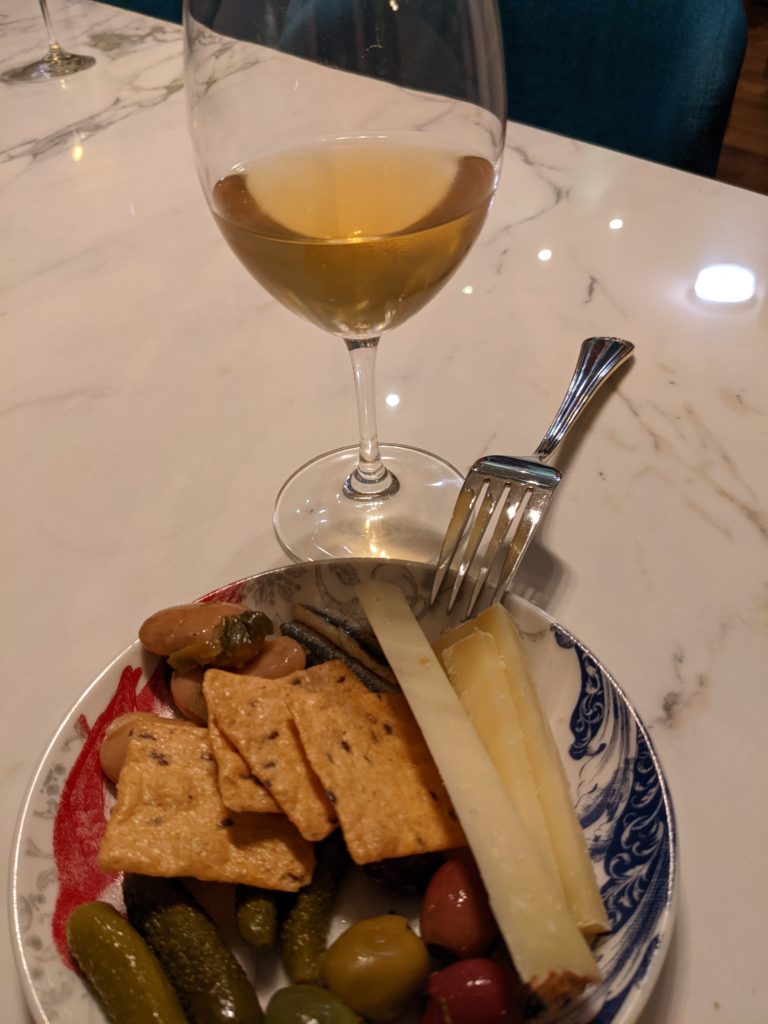
Anthony Nappa Wines, Frizzante NV, North Fork of Long Island (NY), USA, $22.00
Originally a winemaker for Shinn Estate (now known as Rose Hill Vineyards), Anthony launched his own eponymous brand in 2007 and has been pushing the envelope since the beginning as evidenced by his white Pinot Noir aptly named Anomaly. This blend of 45% Pinot Noir, 30% Viognier, 25% Moscato Giallo, undergoes a secondary fermentation in the bottle and is then aged sur lie (known in Italy as the Col Fondo method) yielding a lightly sparkling wine (hence the name frizzante). Somewhat cloudy, thanks to the production methods, this wine shows aromatic fruit and floral notes, slightly reminiscent of cider, on the nose and palate, with slight effervescence, good acidity, depth and concentration, and long length.
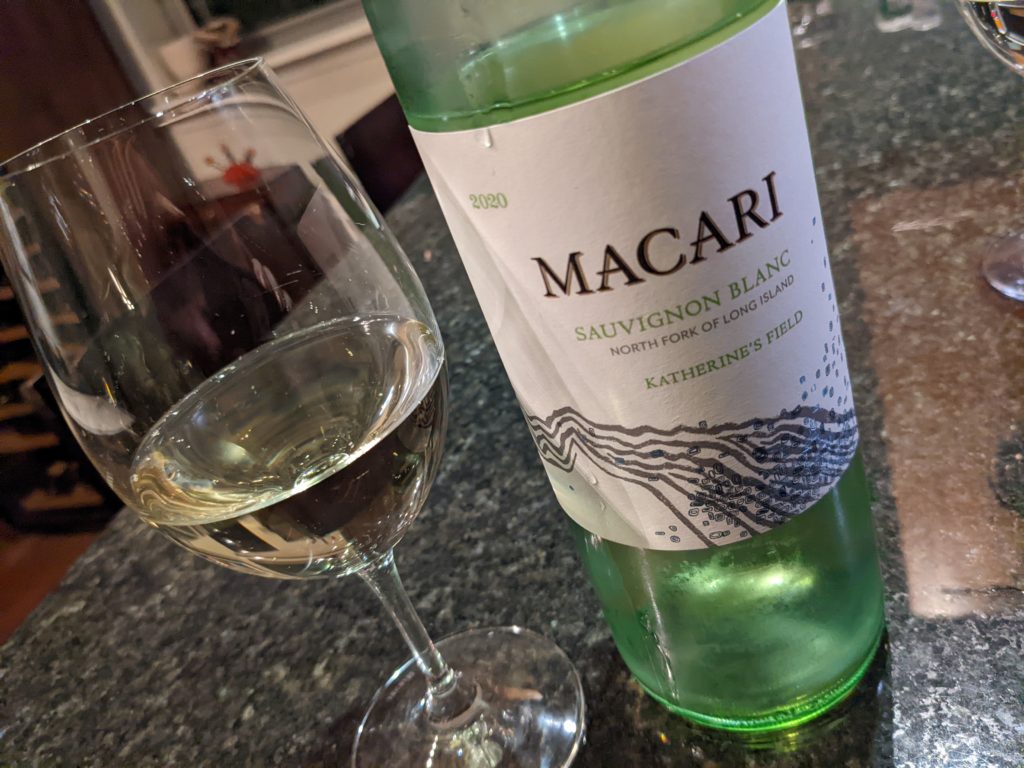
Macari Sauvignon Blanc “Katherine’s Field” 2016, North Fork of Long Island (NY), USA, $24.00
The Macari family has been active in the region since 1960s, planting vines in 1995. The third generation of the family is now involved in the business. Today, they are firmly focused on sustainability and implement biodynamic farming practices in the vineyards. This 100% stainless steel fermented, Sauvignon Blanc shows slight smoke, citrus and tropical fruit on the nose. Citrus and tropical fruit persist on the dry palate, joined by a hint of savory herbal notes, with fresh, crisp acidity, a slight prickle, and long length.
Also see this story.
Peconic Bay Vineyards Riesling 2020, North Fork of Long Island (NY), USA, $28.00
One of the first wineries we visited back in the day was Peconic Bay winery. The winery has recently re-opened after a lengthy closure, but vines were tended to during this interim period, so there is no loss to the quality of the fruit. Peconic Bay has always been well respected for its Riesling, which is classic in nature. slightly off dry, but mostly dry, crisp acidity, medium body, long length.

McCall Wines, Estate Pinot Noir 2015, North Fork of Long Island (NY), USA, $30.00
As part of his efforts to save the farmland adjacent to his family’s property from the threat of development, Russ McCall planted his fields with twenty-one acres of vineyards, eventually making his first wines in 2007. The tasting room opened in 2010. I have a been a big fan of his Pinot Noirs since I first tasted them, and they continue to impress me. This latest bottle was no exception. Beautiful notes of earth and herbs greet the nose and persist on the dry palate, joined by tart cherry and berry flavors, with good acidity, medium body and long length.
The Lenz Winery, Estate Selection Merlot 2015, North Fork of Long Island (NY), USA, $35.00
Originally established by the Lenz family, in 1988 the winery was sold to Peter and Deborah Carroll who have continued to maintain the highest standards for their wines, pitting them against world renowned wines in blind tastings where they hold their own and then some. The winemaking team is led by Eric Fry, who has been with Lenz since 1989. This lovely Merlot offers up smoky, plum and coffee notes on the nose, which persist on the palate, which is dry, with medium body, medium+ acidity, and long length.

